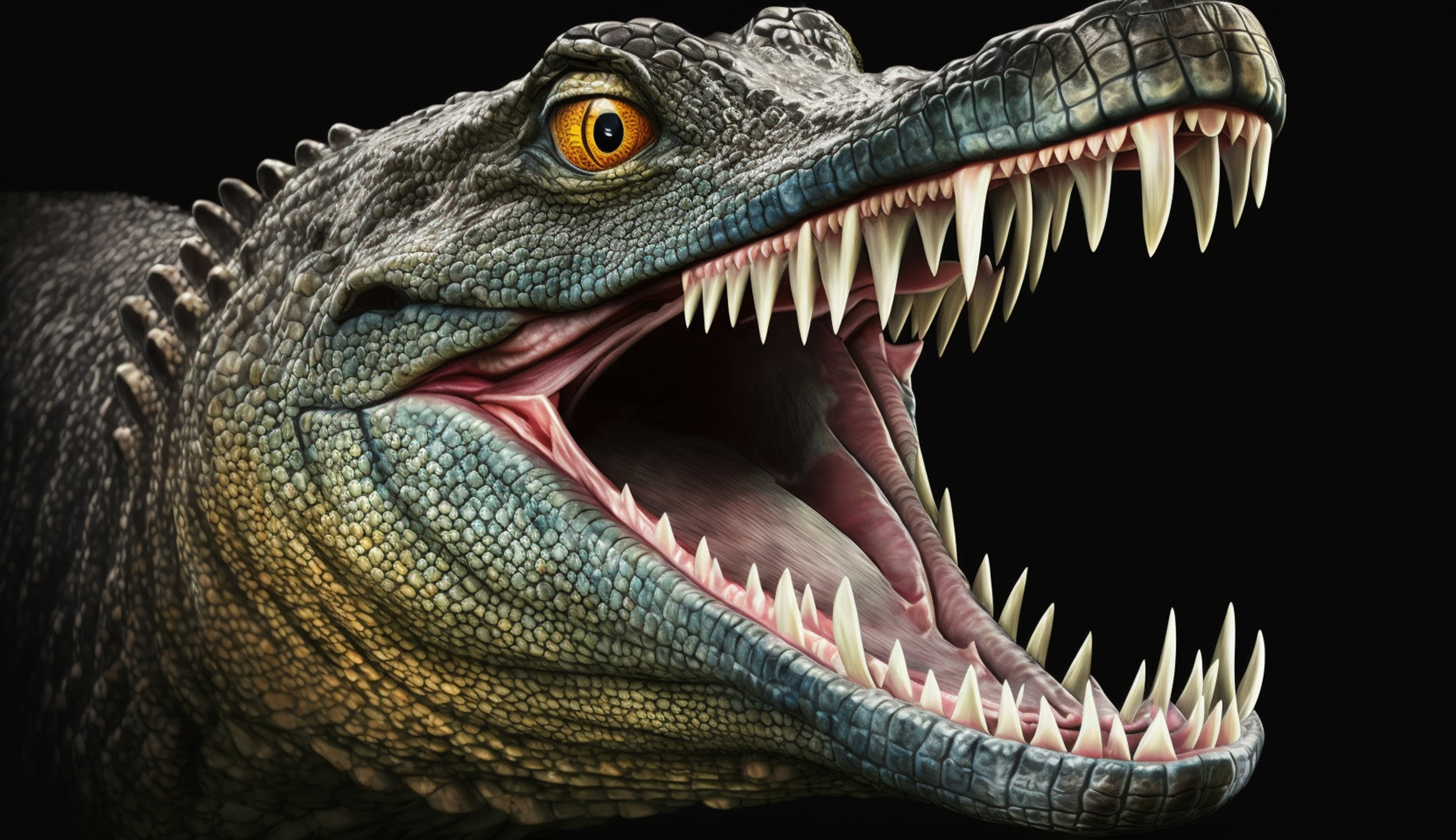
This is the question I was asked by a Ehaan-a 6 year old kid, during one of my Wildlife presentations in Ranthambore. I was humoured yet amazed by the way with which Ehaan’s thought process worked. I bet, If I showed you the picture of the animal in question, many of you would instantly say that it is a reptile looking at those large scales on its body, which are a typical reptilian characteristic. Welcome to the world of fascinating animals!
Today, we talk about the Pangolin who is also called as ‘Scaly ant-eater’. But wait, if it isn’t a reptile then what is it? This animal with long snout, large tail (that’s almost the size of it’s body), clad in beautiful armour of dense row of scales… is actually a mammal, just like us human beings.
These elusive animals are nocturnal (active during the night) and are pure insectivores. They feed on insects, typically ants and termites and hence, the nickname! Why else would they have those pointed claws and long snouts? They’re what help them dug up the termite mount. However, the real weapon here, is that long coiled tongue. Pangolins are known to have an unreasonably long tongue just like chameleons, which is rolled in and rests all the way to its internal organs. Their chest region has special glands secreting a sticky substance in which the tongue dips before the Pangolin starts slurping the termites.
‘Pangolin’ is a word derived from the word ‘pennguling’ which means ‘rolling into a ball’. Wondering why they got this name? That’s because, this average-sized animal is very docile and the only way it can defend itself from predators is by rolling into a ball, so that those scale point outwards and ward off predators. But wouldn’t this be a great way to lift it up and carry it away? That’s way more convenient for poachers. Pangolins are known to be ‘world’s most trafficked non-human mammals’, owning to the high demand for their scales in global markets.
What makes their scales so special? They’re made of the same keratinous protein as that of our hair and nails or the horns of a Rhino for that matter. To the animal they serve as an aid for defence however, for the greediest mammals on the planet they are a means of economic gains. How? Pangolins are poached on a large scale (no pun intended) in order to make use of their scales in traditional Chinese medicines, believed to cure several ailments. Over 100,000 Pangolins had been trafficked over 10 years from 2000-2013.
Organisations like TRAFFIC, WWF, WCT have been taking note-worthy efforts in monitoring Pangolin populations, studying other factors responsible for their decline, working on implementation of stricter laws to prevent poaching and much more.
Why did I write about Pangolins by the way? It’s the third Saturday of February and World Pangolins Day. So, I did my bit in spreading awareness about these poorly understood weird looking mammals and now it’s your turn! Do share this article with your friends and family and enlighten them about Pangolins too.

Great article! I appreciate the clear and insightful perspective you’ve shared. It’s fascinating to see how this topic is developing. For those interested in diving deeper, I found an excellent resource that expands on these ideas: check it out here. Looking forward to hearing others’ thoughts and continuing the discussion!
This was a fascinating piece. The author’s insights were very compelling. I’m eager to hear different viewpoints on this topic. What are your thoughts?
Fantastic article! Your perspective on this topic is truly insightful. For those looking to explore this further, I found an excellent resource that complements your points: READ MORE. I’m eager to hear what others think about this!